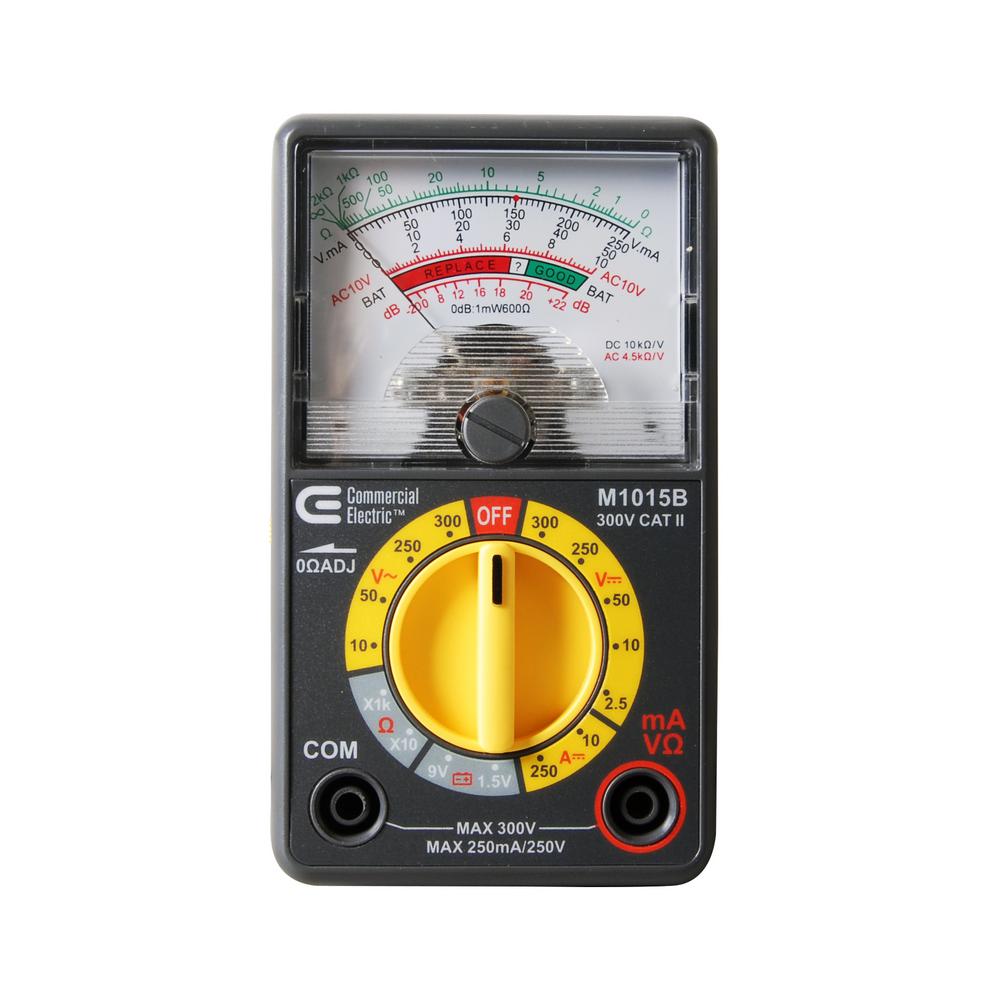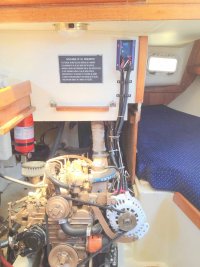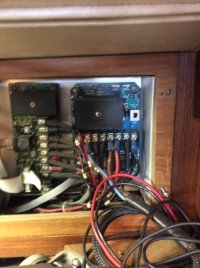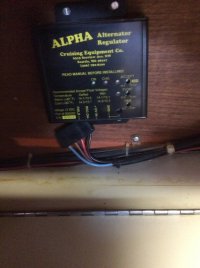Internal vs. External regulators
The stock (Motorola) alternator on Ericsons was rated about 50 amps. It has an internal regulator of limited intellectual capacity. It charges the batteries while the engine is running at a calm and steady pace, undistracted by greater expectations.
Upgraded alternators (100-amp Balmar etc.) have external regulators, also known as smart regulators. They are educated to vary the charge output according to the needs of the battery bank. If the battery is low, they flood it with juice, but as capacity declines they carefully back off so as not to boil the baby in the bathwater. Such smart regulators can recharge batteries much faster than their internal brethren. That cuts down the daily engine recharge time and saves fuel and noise.
However, a Balmar 100 and smart external regulator costs somewhere around $1,000+. It justifies its cost of education over time, but of course if you only write poems in the cellar an expensive college is a highly questionable investment.
View attachment 34241
External regulator on a Universal M25







